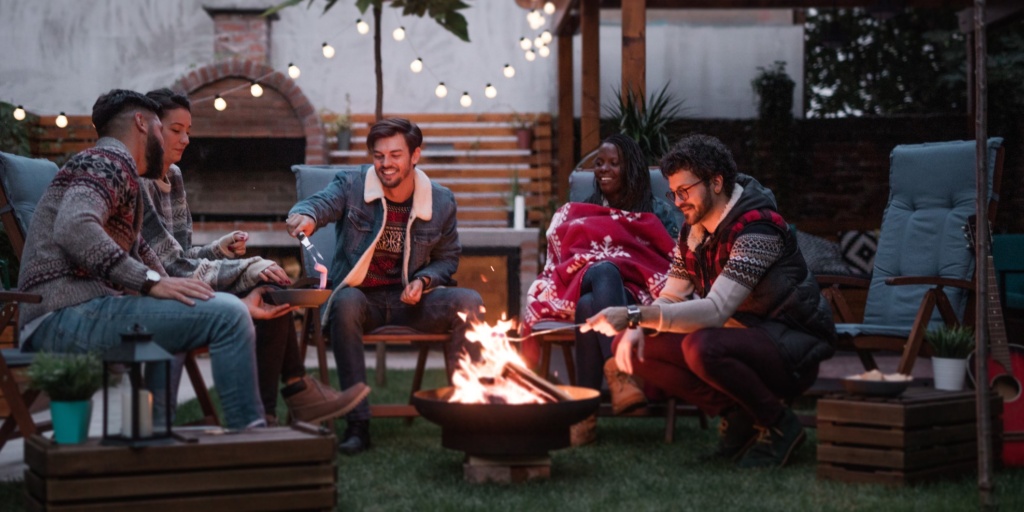Content provided by AAA’s Insurance Partner, MAPFRE
Over the years, fire pits have become “must haves” in backyards nationwide. Whether you want one for aesthetics or to keep warm on a chilly night, there are significant safety considerations to take into account for your family and pets.
According to the National Fire Protection Association (NFPA), local fire departments responded to an estimated 1,353,500 fires in 2021. Those fires caused 3,800 civilian deaths, 14,700 civilian injuries and $15.9 billion in property damage. Of the reported fires, 17% were rubbish fires, 6% were outside fires involving property of value and another 6% were considered “other.”
Getting Started
Before building or installing a fire pit, you should check with your local fire department to see if they are even allowed, as each community is different. In some states like Massachusetts, unless a fire pit is used for cooking, it is subject to the state’s Department of Environment Protection’s open burning regulation. Even if fire pits are allowed in your community or state, keep in mind there may be burn bans in place during certain times due to inclement weather and dry conditions.
Fire pits should be built out in the open, at least 6-10 inches off the ground, and at least 10 feet away from your home and other structures. They should also be built on some type of metal or non-combustible base. Fire pits should never be placed underneath the overhang of your home, beneath trees, or under power lines.

Before lighting up your fire pit, you will want to ensure your fire does not get out of control. The NFPA recommends the following to reduce the risk of igniting your home and nearby surroundings:
- Clean gutters of debris
- Clear away leaves and needles around the house (at least 5 feet away)
- Keep flammable material away from wall exteriors (mulch, flammable plants, firewood piles)
- Remove anything flammable near the fire pit and stored underneath decks or porches
Once you have your fire pit ready to go, fire experts recommend that you:
- Check weather conditions and don’t use your fire pit on windy days as the kindling could blow sparks to nearby structures and brush
- Use a metal screen over the fire pit to keep sparks from flying out
- Burn only clean, dry firewood to minimize the amount of smoke
- Do not burn materials like plywood, pressured-treated boards or chemically treated wood pallets as they emit toxic fumes
- Do not burn trash or refuse
- Keep the fire to a reasonable size
- Do not leave the fire unattended or attended by someone under 18 years old
And before you head inside for the night, make sure you put out the fire in the pit completely. In the event your fire gets out of control or accidentally spreads beyond the fire pit, make sure you have a garden hose or bucket of sand nearby to douse the flames. A dry-chemical fire extinguisher is also a good option. When in doubt, call your local fire department for help.
AAA Is Here To Help!
We hope these tips will help to keep your family and home safe from preventable fires caused by fire pits. To ensure you get the right coverage for your home insurance, contact your local AAA Insurance Agent or get a quote today!

